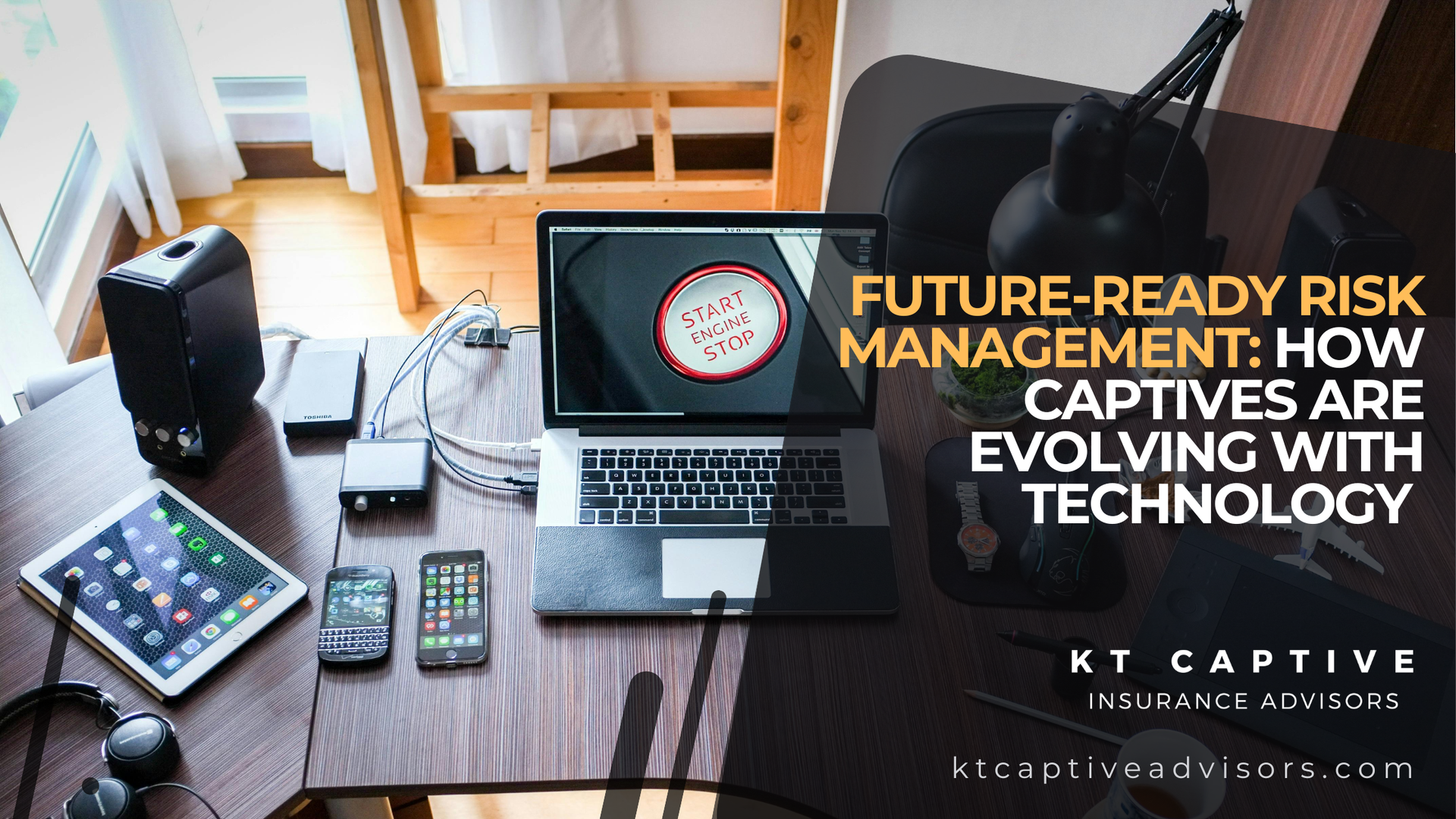How Traditional Insurance is Rigged
Traditional Insurance is Rigged: How Carriers Profit While You Overpay
If you’ve ever felt like you're paying more and getting less from your insurance provider, you’re not imagining things. The truth is, the traditional insurance model is built to benefit carriers, not customers. While your premiums keep rising, insurance company margins and executive bonuses are hitting all-time highs. This disconnect highlights the deep-rooted traditional insurance problems that leave businesses overpaying for coverage with little to show in return. In this post, we’ll break down how the insurance industry profits at your expense, why the current model is broken, and how captive insurance advantages offer a smarter, performance-based alternative. If you're comparing captive vs commercial insurance or looking for ways to regain control over your risk costs, this is the information traditional carriers don’t want you to see.
The Problem with Traditional Insurance
Here’s the hard truth: traditional insurance isn’t built to protect policyholders, it’s built to generate profits for shareholders. The big commercial insurance carriers collect your premiums, invest that money to grow their returns, and then work to pay out as little as possible in claims. The less they pay, the more they keep, and that money goes straight to executive bonuses and shareholder dividends, not back to the people actually carrying the risk.
This is one of the core traditional insurance problems. Even if your company improves its safety record or reduces risk, your premiums rarely go down. You’re given little to no transparency in the underwriting process, so you’re left guessing how your rates are even determined. And when it comes time to file a claim, you may face delays, scrutiny, or outright denials, all aimed at protecting the insurance company’s bottom line.
What makes it worse is that you still end up footing the bill for industry-wide losses, even if your individual performance has been exceptional. That’s the rigged nature of the system: insurance industry profits continue to rise while responsible businesses like yours get stuck paying more for less value.
The Truth is in the Numbers
Let’s be real, when you follow the money, the picture becomes clear. Traditional insurance companies are doing just fine… in fact, they’re thriving. The average insurance company profit margin in the U.S. property and casualty space has stayed strong, usually landing between 8% and 10%, even during tough economic times.
In 2023 alone, the top 10 insurers pulled in a staggering $70 billion in combined net income. And while those profits keep climbing, claims payouts have been shrinking. Some major carriers are now paying out less than 60 cents for every dollar in premiums they collect. At the same time, executive pay continues to skyrocket. One CEO of a top U.S. insurance company took home over $20 million last year, even as policyholders faced rising premiums and slower, more difficult claims processes.
This isn’t just a flawed system, it’s one designed to put shareholders first. The gap between what you pay and what you get has never been wider. And that’s exactly why more businesses are exploring captive insurance advantages, where performance drives cost, not profit margins.
How Captive Insurance is Making a Change
Captive insurance turns the traditional insurance model on its head. Instead of paying into a system that exists to benefit shareholders, a captive lets you form or join your own insurance company, one that covers your specific risks and puts you in control. Unlike traditional carriers, captives offer real transparency. You know exactly how your premiums are set, and your costs are tied directly to how well you manage risk. If your performance is strong, you pay less, simple as that. You also control how claims are handled, which means faster decisions that work in your favor. And rather than watching profits disappear into someone else’s pocket, any underwriting gains or surplus stay with you. When you look at captive vs commercial insurance, the difference is clear: captives align incentives, reward good performance, and give you ownership over your insurance strategy.
What Kind of Business Owners Should Look into Captive Insurance?
Captive insurance isn’t just for massive corporations anymore. Today, more mid-sized companies, especially in industries like construction, healthcare, transportation, and manufacturing are turning to captives as a smarter way to manage risk and cut unnecessary insurance costs. If your business is paying $500,000 or more annually in premiums, or if you've been hit with premium increases that don’t reflect your actual risk, it’s probably time to explore your options. Captives offer the transparency and control that traditional insurance models simply don’t, putting your performance at the center, not the insurance industry’s profits.
At the end of the day, the traditional insurance model is built to serve the wrong people. While you're doing everything right, managing risk, staying compliant, keeping your business protected, you’re still stuck paying rising premiums with little return. Meanwhile, insurance industry profits keep climbing, executive bonuses get fatter, and you're left holding the bill. It doesn't have to be this way. Captive insurance offers a better path. It’s a model based on performance, transparency, and control, something traditional carriers just can’t offer. If you're tired of the same old traditional insurance problems, and you’re serious about reducing costs and taking ownership of your risk strategy, it’s time to look at the difference between captive vs commercial insurance.
At KT Black, we help businesses break free from the rigged system and take control through smart, performance-based insurance solutions. Captives aren’t just for big corporations anymore, they’re for companies like yours that are ready for something better.
If you're paying too much and getting too little, let's talk about how a captive can work for you.





